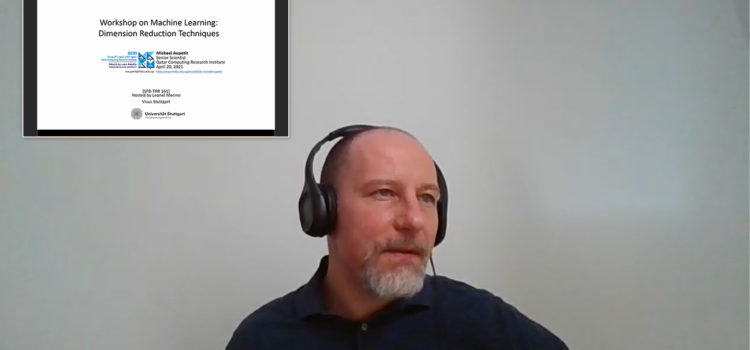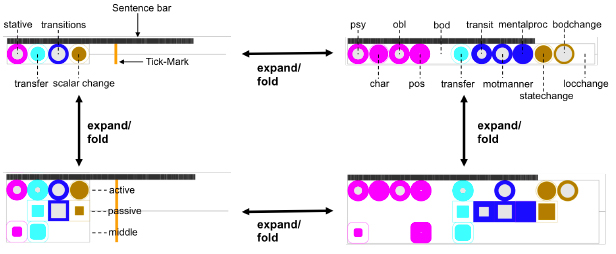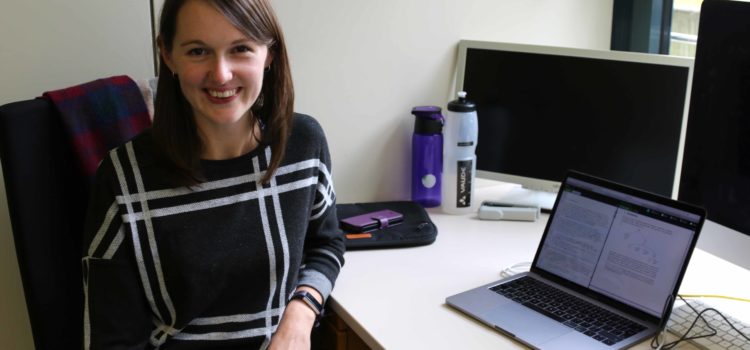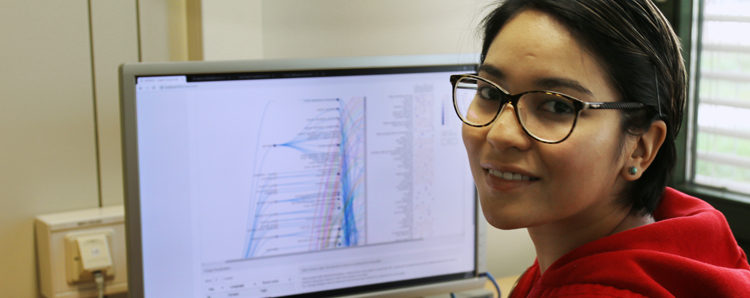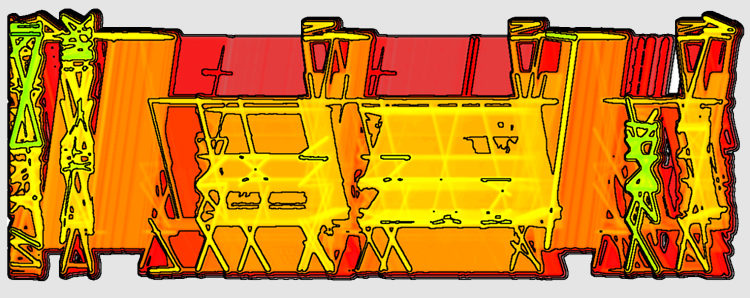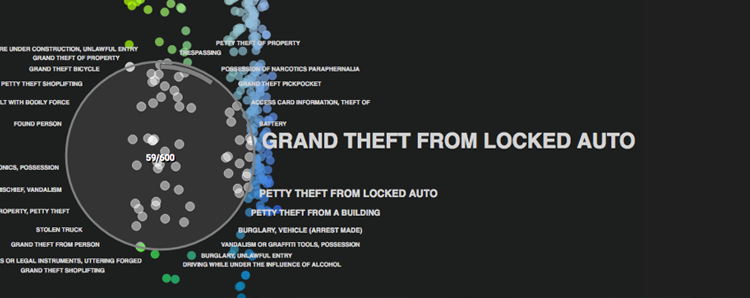The SFB/Transregio 161’s Graduate School had the pleasure to attend a workshop on Machine Learning: Dimension Reduction Techniques, which was held by Dr. Michaël Aupetit, Senior Scientist at QCRI, Qatar.
Machine Learning Workshop with Dr. Michaël Aupetit, QCRI, Qatar
